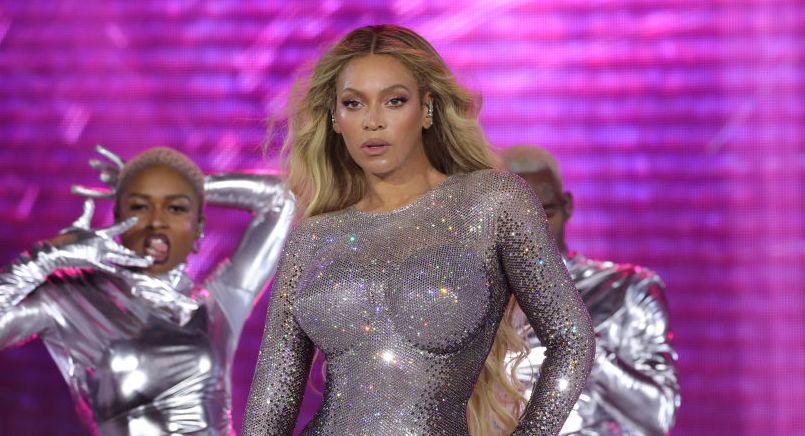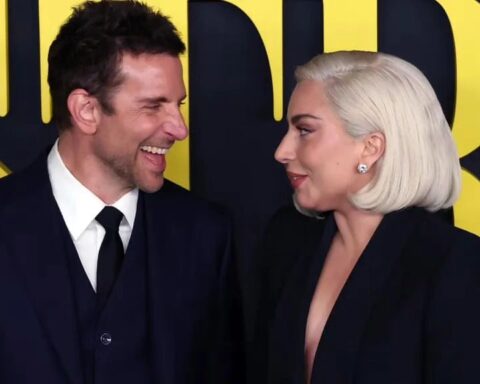In the realm of music, fashion has always been a powerful means of expression, reflecting the unique identities and creative visions of artists and bands. From the iconic matching costumes of 1960s groups like The Ronettes and The Beach Boys to the more individualistic styles of modern ensembles, the evolution of band fashion tells a story of shifting cultural attitudes and artistic freedom.
In the past, exact matching outfits were a common sight among musical groups, signaling unity, professionalism, and a sense of belonging. However, as the countercultural movements of the 1960s emphasized authenticity and individuality, the practice of dressing in tandem began to lose favor among newer bands. Instead, artists sought ways to coordinate their looks while still allowing room for personal expression.
Today, bands like Haim and Blackpink exemplify this modern approach to group fashion. While their ensembles may share common elements such as color palettes or textures, each member’s distinct personality shines through. This balance between cohesion and individuality is key, akin to the difference between singing in unison and achieving perfect harmony.
Recent collaborations between designers like Thom Browne and supergroups like boygenius demonstrate a nuanced approach to band fashion. Browne’s tailored pieces for boygenius evoke the spirit of past musical icons like The Beatles, while still allowing each musician to experiment with their own style. Similarly, stylist Lindsey Hartman infuses purposeful rebelliousness into boygenius’s wardrobe, balancing group cohesion with individual flair.
The influence of stylists like Tina Knowles, who famously dressed Destiny’s Child, cannot be overstated. Knowles’s inventive designs not only shaped the group’s image but also inspired future generations of artists and designers. Her emphasis on celebrating each member’s unique attributes paved the way for a more inclusive and diverse approach to band fashion.
From Labelle’s historic “WEAR SOMETHING SILVER” concert in 1974 to Beyoncé’s call for fans to don their “most fabulous silver fashions” during her Renaissance World Tour, the connection between performers and audience has become increasingly intertwined. Today, band fashion serves not only as a reflection of artistic identity but also as a means of fostering community and connection among fans.
As the boundaries between fashion and music continue to blur, one thing remains clear: band fashion is back in a big way, embracing both tradition and innovation in equal measure.








